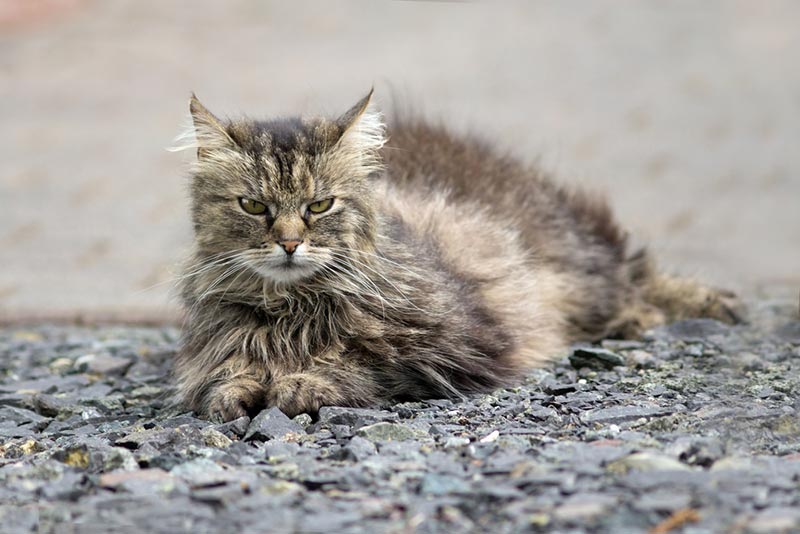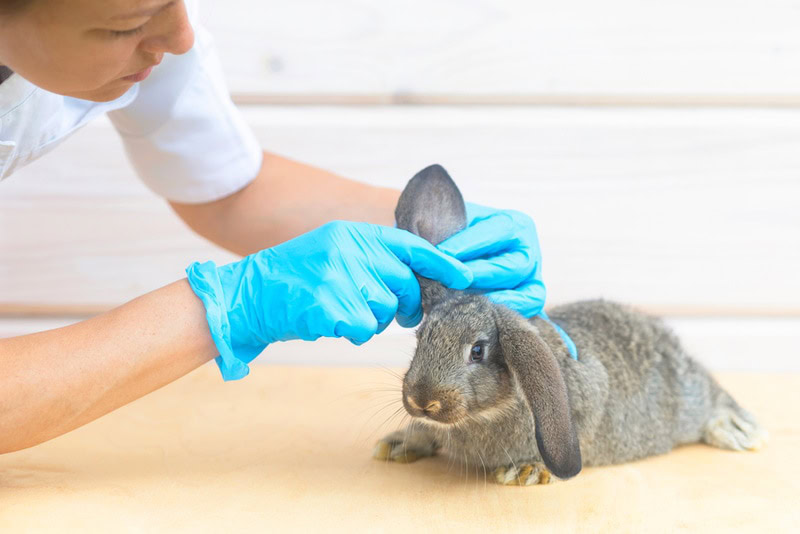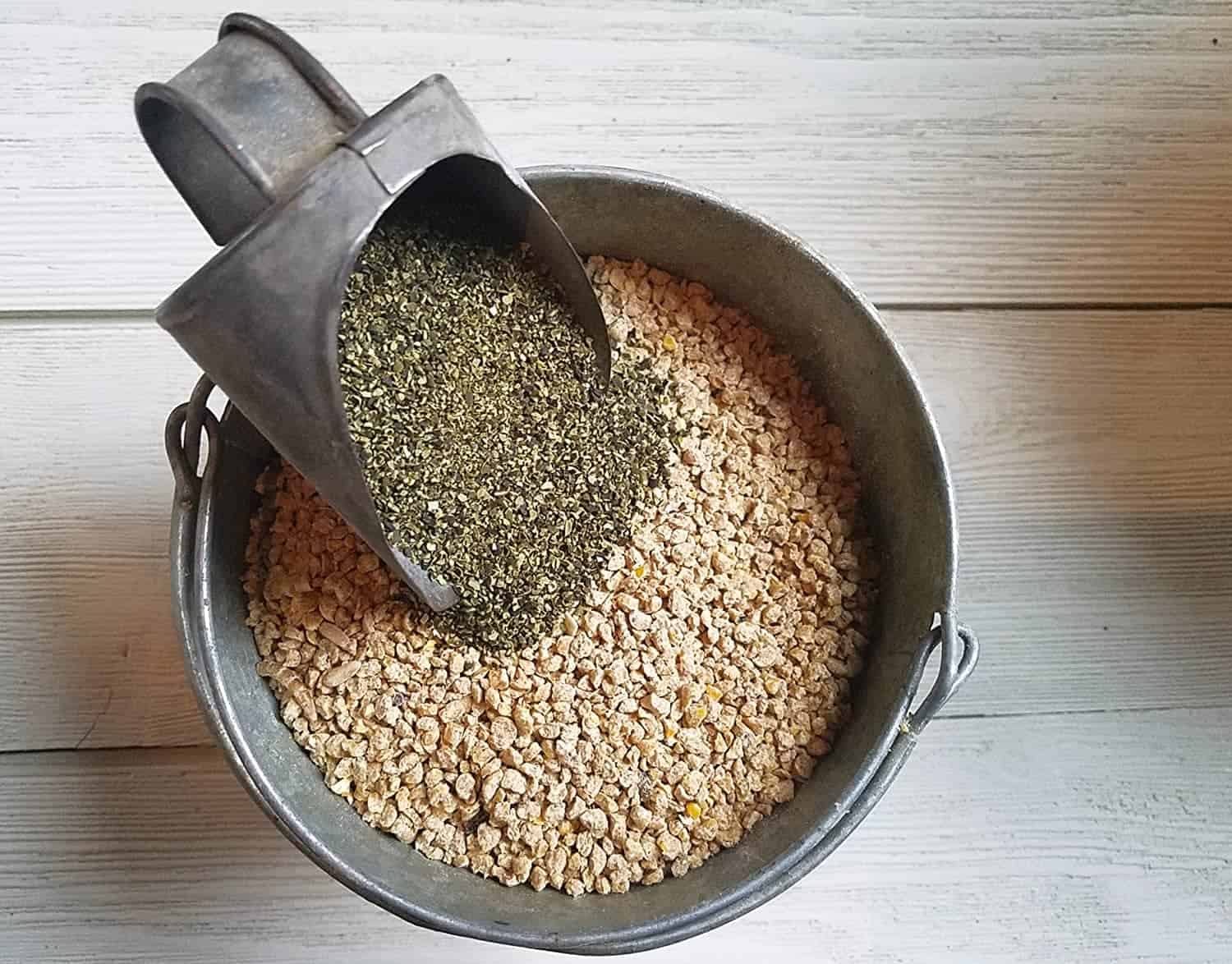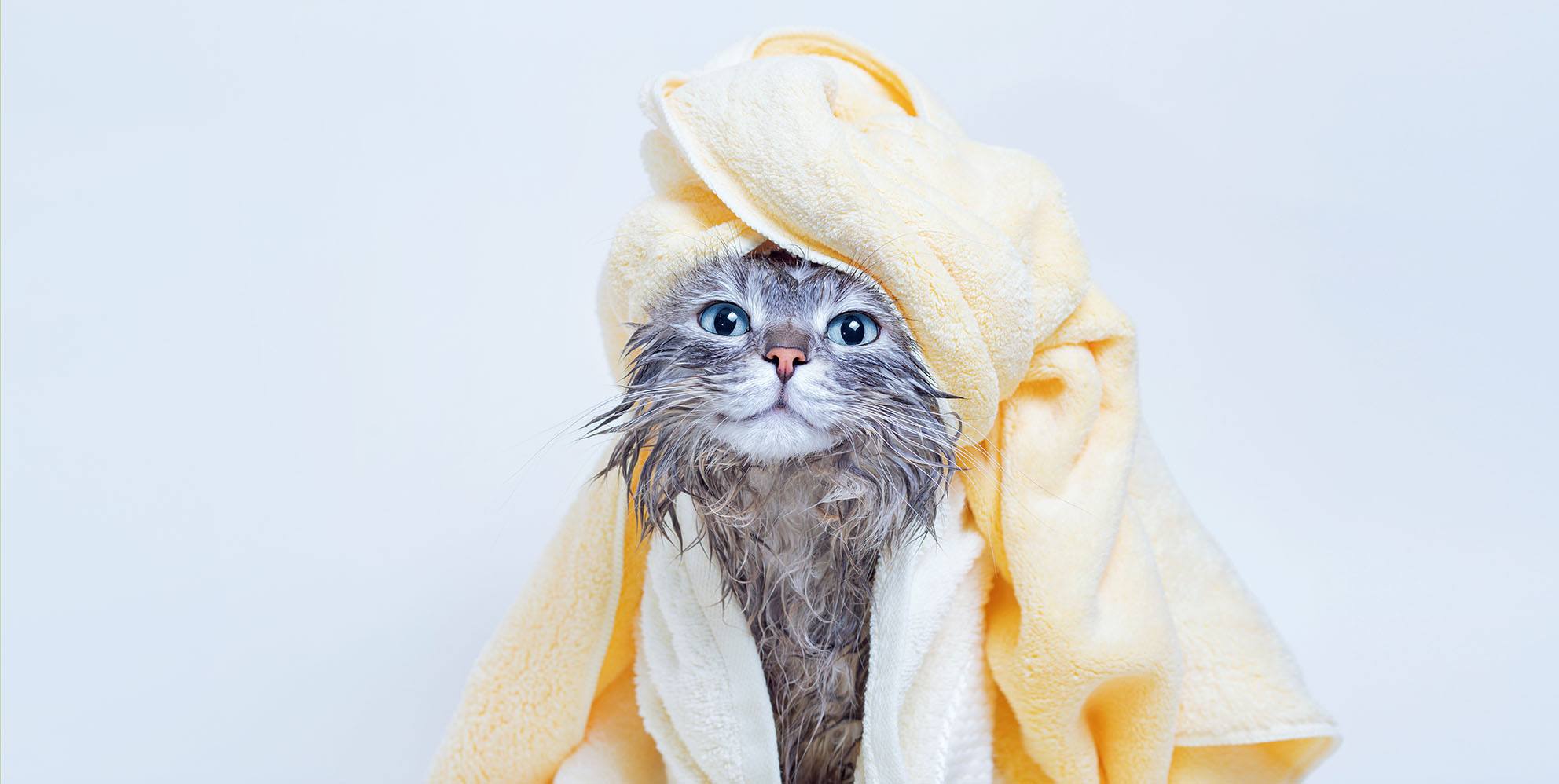VET APPROVED

The information is current and up-to-date in accordance with the latest veterinarian research.
Learn more »Click to Skip Ahead
If you’re petting your furry feline buddy and notice that they have more mats and tangles than usual, you’re probably suspicious. After all, we all know that cats are incredible self-bathers. They do an impeccable job of keeping their coats sleek and shiny.
So, if out of nowhere, your cat’s fur looks unkempt and lackluster, you’ll want to investigate the issue. Here, we discuss potential reasons for this and how you can solve the problem.

The 6 Reasons for Your Cat’s Fur Suddenly Matting
We rounded up the most common causes of sudden nodding and tangling, but this is not a complete list of issues.
To get down to the nitty-gritty, it’s best to get your cat to the vet for further evaluation. They can look over your pet and run the necessary testing to rule out any underlying health issues.
1. Too Long Hair
This issue is more common among long-haired cats, as their fur is a lot to manage. While cats instinctively tend to maintain themselves, selective breeding has created breeds that simply cannot take care of their own coats entirely on their own. If you have a long-haired feline and you do not brush them regularly, their fur will quickly become matted.
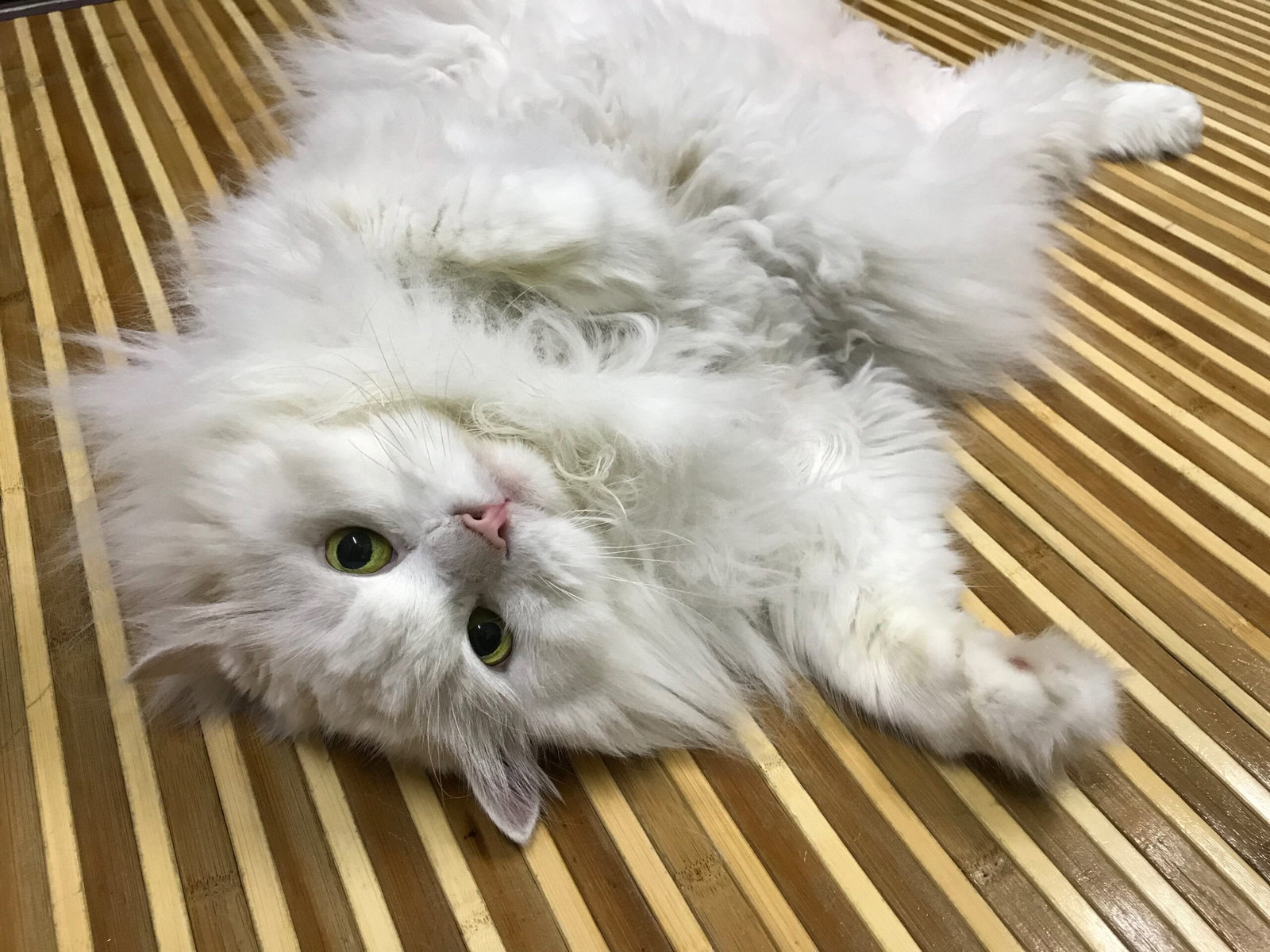
2. Arthritis
Arthritis can be an excruciating thing for your cat to have to deal with. This painful disease causes the joints to become incredibly sensitive and swollen. The pain and stiffening result in reduced mobility, so cats are unable to stretch and bend as needed to groom themselves, ultimately resulting in matted and unkempt coats.
You should take your cat to the vet if you notice that they start reacting negatively to being touched in certain places or show poor grooming habits. Another common sign of this problem is a change of behavior; your cat may stop jumping up to their favorite shelf, for example. This issue is more common among aging cats that are generally 7 years and older.
3. Being Overweight and Obesity
Your cat can’t clean what they can’t reach. If your Garfield-style buddy is packing on a few extra pounds, it can make it more difficult for them to clean themselves properly.
This one’s pretty easy to detect, luckily. If the issue is due to being overweight or obesity, you’ll probably notice significant neglect on the backside. Big kitties can have quite a bit of trouble reaching these problem areas, and you might notice their overall hygiene drastically declining.
Keep in mind that obesity can lead to other health problems, so you should work to prevent it while your cat is just overweight, to avoid getting to that point. Your cat might need to go on some type of diet to help them reduce their caloric intake. Just keep in mind that weight loss in a cat is quite challenging. It must be done gradually to avoid the risk of a dangerous condition called hepatic lipidosis. Before putting your cat on a diet, get your vet involved.
You should also play with your cats interactively or buy them toys to keep them busy. If you’re so inclined, getting them a young kitten might even be fun. If they are getting lazy or getting older, their activity levels will decrease naturally. A younger cat might help them spruce back up and find their youth again.
If you do choose to get another kitty, remember the shelters and rescues are overrun with felines looking for forever homes. You can check a local organization in your area.
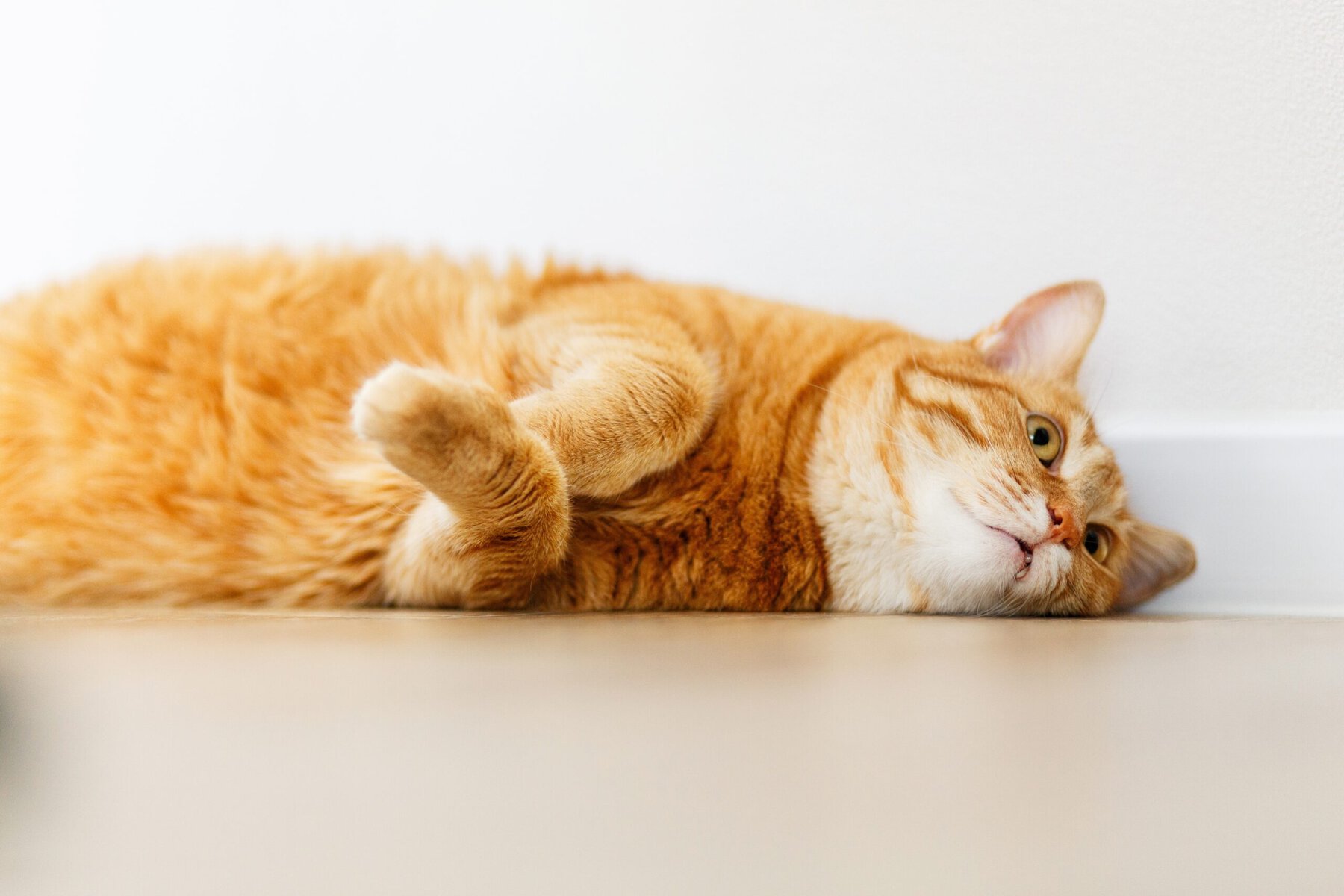
4. Anemia
Anemia is an issue with the blood where iron is not present enough, causing a reduction in red blood cells. If your cat has anemia, they might not show any extremely noticeable signs right away.
It can take a while for them to develop the visual cues that something is definitely not right. Typically with anemia, your cat will experience a lackluster coat, lethargy, and frequent napping.
Anemia can accompany other illnesses, but it can also occur by itself. A simple blood test can determine if your cat has this condition. Your vet might also run additional testing to uncover the underlying reason that your cat is anemic.
5. Infection or Other Illnesses
Since grooming is a soothing behavior that most felines engage in, matted fur on a cat is usually a sign that something is wrong. If the cat is experiencing inflammation, pain, or discomfort due to an infection or other illness, they will reduce or stop their grooming habits altogether. This is why a matted or unkempt coat should never be ignored, as it usually indicates that something else is going on.
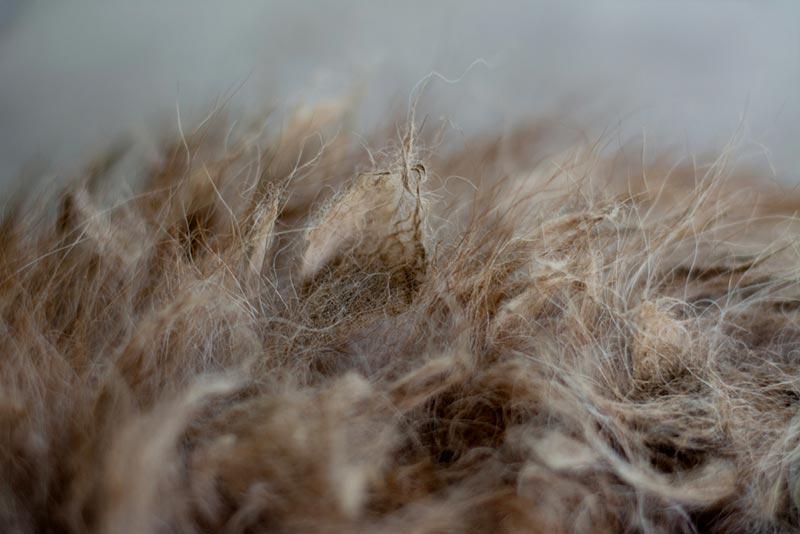
6. Senility
Senior cats can experience a progressive loss of cognitive function, commonly referred to as senile dementia, cognitive dysfunction, or senility. Decreased grooming, increased vocalizations, house soiling, and special and temporal disorientation are a few of the signs of this debilitating and progressive condition.
While there is no cure, once it’s diagnosed by a vet, a management plan that includes changes in the environment, routines, diet, and supplementation can help reduce its progression. You might need to help by regularly brushing your senior cat’s coat to prevent it from matting.

Why Is Grooming Important?
Without awareness and understanding, grooming might not seem like that big of a deal. After all, what good does it do for your cat to sit there and lap at their fur?
Grooming is actually an essential part of your cat’s overall health. Not only does regular grooming prevent mats and tangles from forming in your cat’s fur, but grooming also has tons of other health benefits.
Your cat has small needle-like bristles on their tongue. When they use it to groom their body, it promotes healthy blood circulation in their system, evenly distributes natural oils, and removes dirt and debris. One vital reason that a feline needs their coat to be in top shape and mat-free is that it helps them in their thermoregulation. Since cats only have sweat glands on their paws, they will use saliva condensation and evaporation on their coat to help them cool down.
If your cat has stopped grooming or can no longer do so, it can lead to many other problems. Not only does it reduce adequate blood flow and stop oil distribution, but hair can also mat up around their private parts. It also interferes with their ability to regulate their body temperature.

When to See a Vet
Anytime you notice a sudden and drastic change in your cat’s behavior, it’s always best to make an appointment to be on the safe side. Even if the cause is relatively simple to treat and has no identifiable medical origin, it’s better to be safe than sorry.
Most cats don’t visibly show signs of sickness, as a coping mechanism to appear strong and healthy. Many mammals have this primal instinct to stave off any potential predators.
Showing signs of sickness is a weakness that does not serve their survival brain. So, if you notice something like a lack of grooming, it could actually be something much more dire, but cats are great at masking.
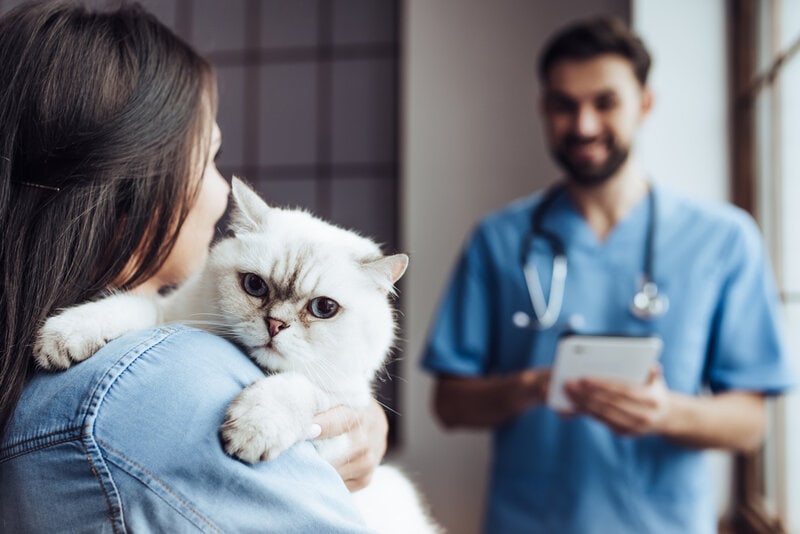
Getting Health Insurance
A terrific preventative measure for veterinary care is getting pet insurance. It’s becoming an ever increasingly popular thing to have for pets. It provides financial protection for those emergencies when health declines unexpectedly.
Pet health insurance has many other benefits, but one crucial thing to consider is the subject of pre-existing conditions. Once your cat develops a chronic health issue, it will no longer be covered by any policy.
So, if you wait until your pet is diagnosed with an illness when you opt for pet insurance, if it is documented, they will not cover that as an existing condition. However, if you purchase health insurance before your animal is diagnosed with any health problem, the insurance company will typically pay for it. If it is something that requires ongoing treatment, X-rays, or emergency care, your cat should be covered. Several companies provide policies, including bonuses and perks that might interest you.
If you are in the market and would like to shop for pet insurance, here are some pet insurance companies we think are really worth a mention.

Conclusion
If you notice that your cat is grooming less often, remember that it’s best to get them to the vet sooner rather than later. Also, take note of any other signs or behavioral changes that might point you in the right direction. All the valuable information that you have is crucial during the appointment.
Cats are great at masking pain, and they are unable to tell us where it hurts. Changes in their grooming habits are considered tell-tale signs that something is up and that your pet needs to be checked by the vet.
Featured Image Credit: Carmen Rieb, Shutterstock
